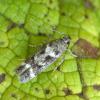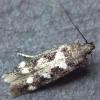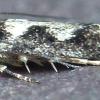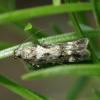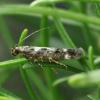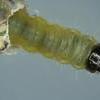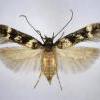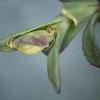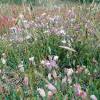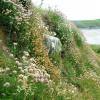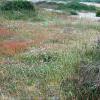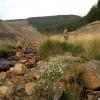35.130 Caryocolum vicinella (Douglas, 1851)
Status and Distribution
Local, occasionally locally common, in coastal areas of south-eastern, southern and south-west England, Wales and eastern (including north-east) Scotland. Very local to rare in the Channel Islands, Ireland, the Isle of Man, south-west Scotland, the Hebrides, St. Kilda and Fair Isle. Apparently absent from most of eastern, north-eastern and north western England, although may be over-looked.
In 2016 the moth was located at a former lead mine in Carmarthenshire where the larval foodplant flourishes. This is the first known inland site for this species in Britain.
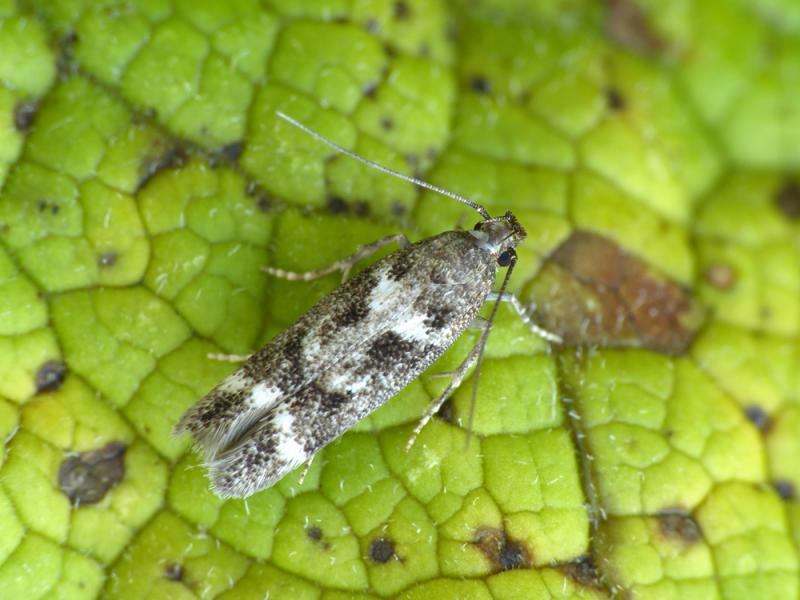
Provisional map
Foodplant and Larval Feeding Signs
Silene uniflora, formerly known as S. maritima (sea campion), see plant distribution map.
In Europe has been found on Spergularia rubra (sand spurrey), Stellaria media (common chickweed), Cerastium arvense (field mouse-ear), Lychnis alpina (alpine catchfly), Silene vulgaris (bladder campion), Silene nutans (nottingham catchfly) and Petrohagia saxifraga (tunic flower).
Habitat
Finding the Moth
Adult: flies by night, is attracted to light and can occasionally be disturbed during the day.
Larva: from late March to early June spinning young shoots and leaves together which later become withered. It had been mentioned in the 19th Century that it may initially mine leaves but there has been no modern reference to this. On the continent it is reported to bore into the stem of larger plants.
Similar Species
The presence of four prominent white spots on each forewing combined with a lack of orange-ochreous markings are unique within the British Caryocolum species. Where the extent of the white forewing markings is significantly reduced, as occurs in some specimens, or the moth is worn, dissection may be necessary to exclude dark forms of other species.
Single brooded from late June to early September.
Earliest: 20th June 1983 (VC45) and an exceptionally early record of 9th June 2003 (VC15)
Latest: 21st September 2003 (VC15)

